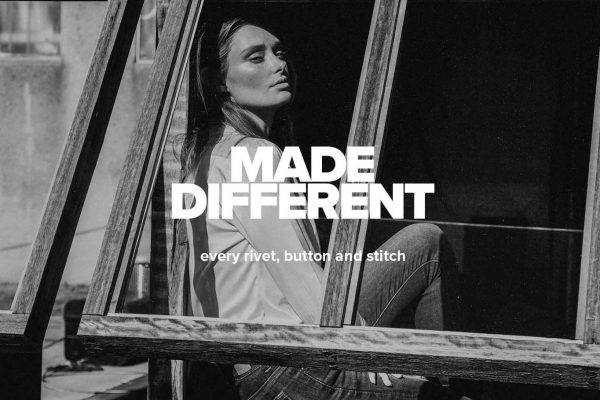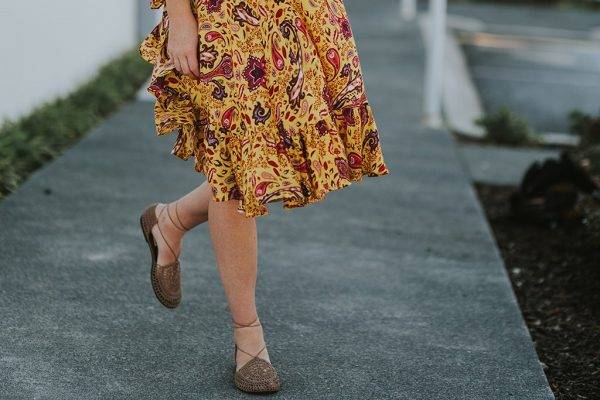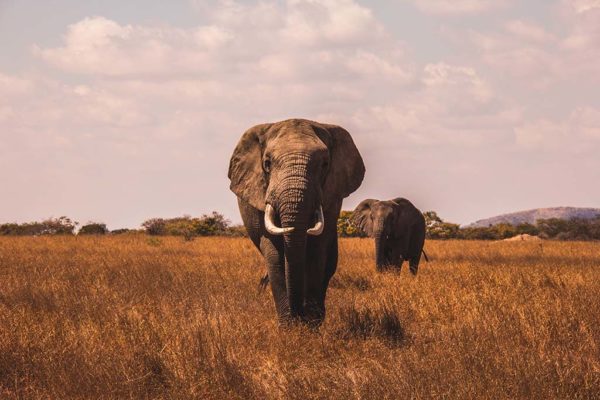So you want to start a sustainable brand.
Maybe it’s a label making clothes locally, or an organic skincare line where you actually know where the ingredients come from. Or maybe it’s something no one’s thought of yet.
The why usually comes easy — you want to do things better. The how is where most people get stuck.
Because in 2025, good intentions aren’t enough.
We’ve spent nearly a decade at The Green Hub covering small brands that are trying, really trying, to do business differently. And the ones that last tend to share a few things in common.
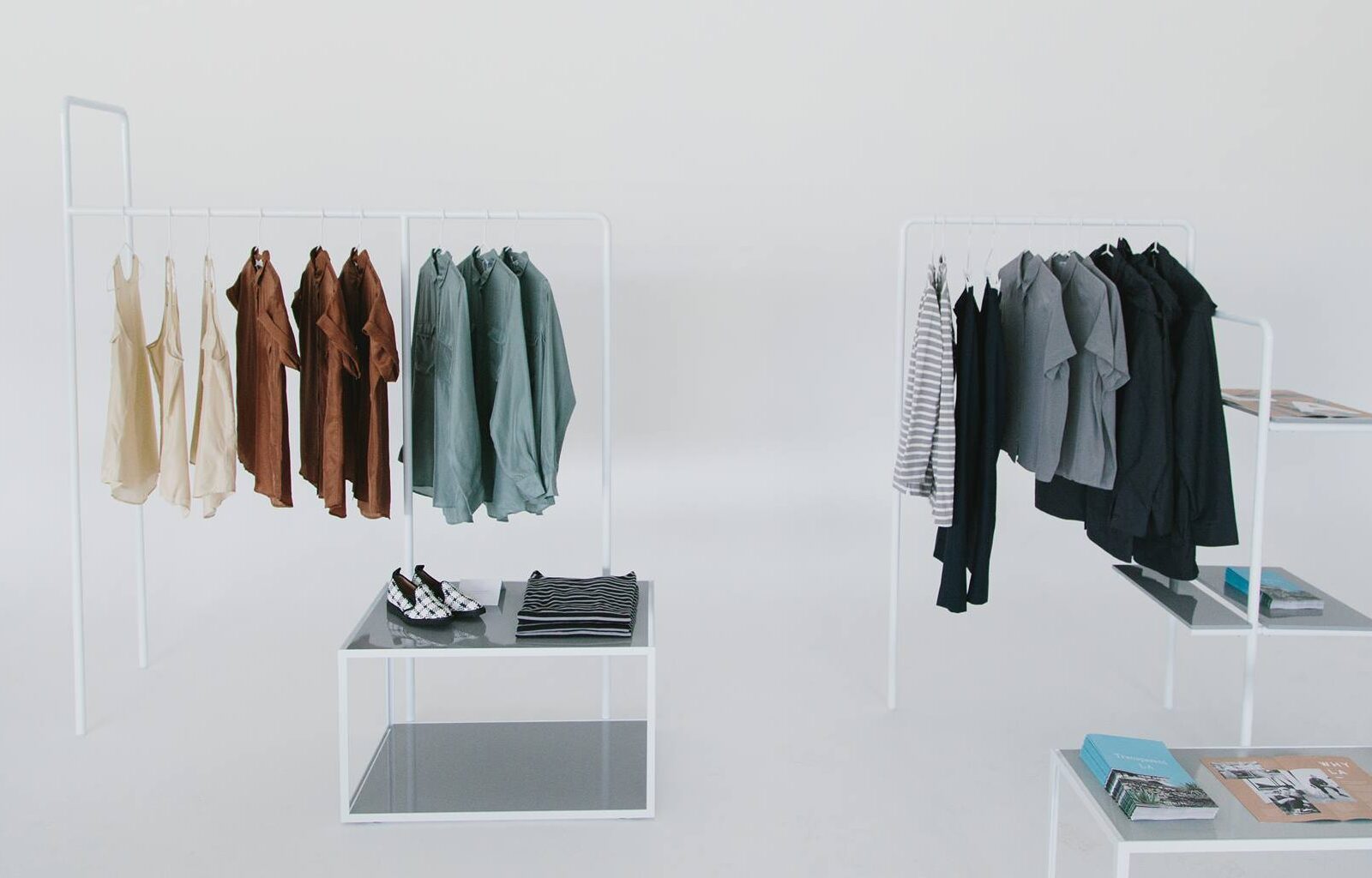
What Does It Mean to Be a Sustainable Brand in 2025?
“Sustainable” is the starting point, not the selling point.
If you’re starting a brand in 2025, calling it sustainable won’t set you apart. These days, it’s the minimum standard.
For many customers, especially the ones actively looking to support better brands, sustainability is assumed. That you’ve considered your materials, your packaging, your supply chain, and the people behind the product.
The real question is: should this product exist at all?
Is Your Product Solving a Real Problem?
As a brand of course, you should focus on how the product is made. But equally as important is why.
Who is it for? What problem does it solve? What happens to it at the end of its life?
If the answer is “everyone,” “because I wanted to,” or “we haven’t really thought about that yet,” it’s worth pausing. There are already more brands out there than most people know what to do with. More refillable bottles. More organic cotton tees. More sustainable startups, all trying to build a better version of what’s already out there.
That doesn’t mean your idea isn’t good. But it does mean it needs a reason to exist beyond being slightly better than the alternative.
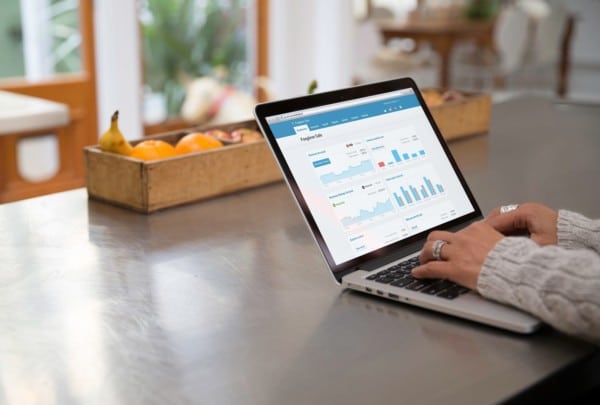
The Systems Every Ethical Business Needs
Plenty of brands start with a strong purpose. They’ve got the idea, the ethics, the Instagram handle. What they don’t always have is a plan for how the business will actually run.
It’s easy to stay focused on the creative side — designing the product and sharing your vision. But a sustainable business can’t run on good intentions alone. If it can’t support you, it won’t be in a position to support anyone else either.
That means knowing what it costs to make your product, in materials, time, and overheads, and whether you’re actually covering those costs. It means understanding how much you need to earn to pay yourself, even a little. It means figuring out how you’ll manage inventory, pay suppliers, keep track of expenses, and still have something left to grow with.
Invest in tools to help manage your income and expenses and make sure you can send and accept online payments easily. This is how you make your business sustainable for you, not just the environment.
We’ve seen a lot of purpose-led brands come and go over the years, and the ones that last are the ones built on solid systems, not just good ideas.
How to Avoid Greenwashing (Even Accidentally)
Most people don’t set out to mislead. But in the rush to share your values or explain your impact, it’s easy to overpromise without realising it.
Words like eco-friendly, green, sustainable, ethical, biodegradable, and carbon neutral are either unregulated or used inconsistently. You can legally say a product is eco-friendly without meeting any specific standard. But if someone challenges the claim or the ACCC reviews your site, you’ll need to show evidence.
For example, if you say your product is biodegradable, can you prove how long it takes to break down, and under what conditions? Is it home compostable or industrial? Is all of it biodegradable, or just part?
Instead of calling something sustainable, explain what makes it so. Are you using GOTS-certified organic cotton? Producing in small batches to reduce overstock? Shipping plastic-free? The more you explain, the less people have to guess.
Unless you’ve done a full audit, lifecycle assessment, or carbon analysis, terms like zero waste, climate-positive, or 100% sustainable are high-risk. If you’re working towards something, say that. “We’re reducing waste by composting offcuts” is more accurate and credible than “zero waste.”
The ACCC has published clear principles to help small businesses avoid misleading claims. If you’re not sure how to describe your product, start there.
You don’t need to be perfect. But if you’re claiming environmental or social benefit, it needs to be accurate, and it needs to be explainable.
Do You Really Need Sustainability Certifications?
Independent certifications can be valuable. Ethical Clothing Australia, GOTS, and B Corp exist for a reason. They offer immediate trust for people looking to support businesses doing the right thing. But for early-stage brands, they’re not always realistic. And they’re not the only way to build trust.
For small businesses, the application processes can be costly and complex, particularly if you’re producing small runs or still refining your supply chain. That doesn’t mean your work is less valid. But it does mean you’ll need to build trust in other ways.
Be specific. If your products are made in Australia, where exactly? If your fabric is deadstock, how is it sourced? What are the limits of what you can control right now, and what are you working to improve?
Start with what you can control. Where are your materials from? Who makes your products? What steps are you taking to reduce waste or improve transparency? This kind of information will help you build trust with your customers.
If certification is part of your longer-term plan, say so. But don’t wait for third-party validation to talk about your impact. Be open about where you’re at and what you’re aiming for. People respect progress when it’s honest.
*This story includes paid partnerships with brands we love.
